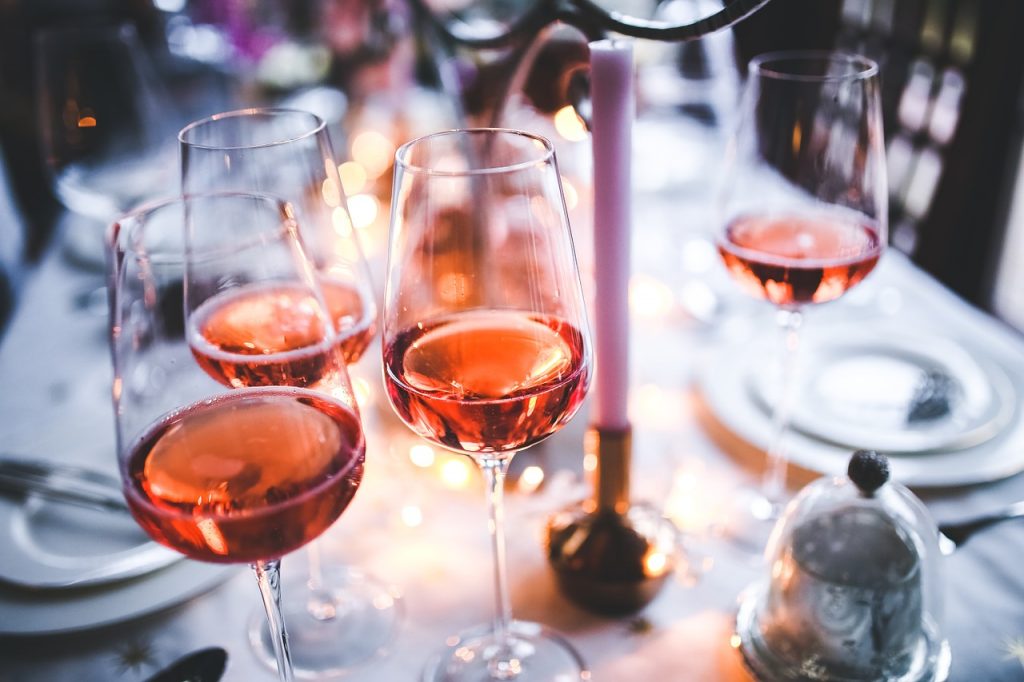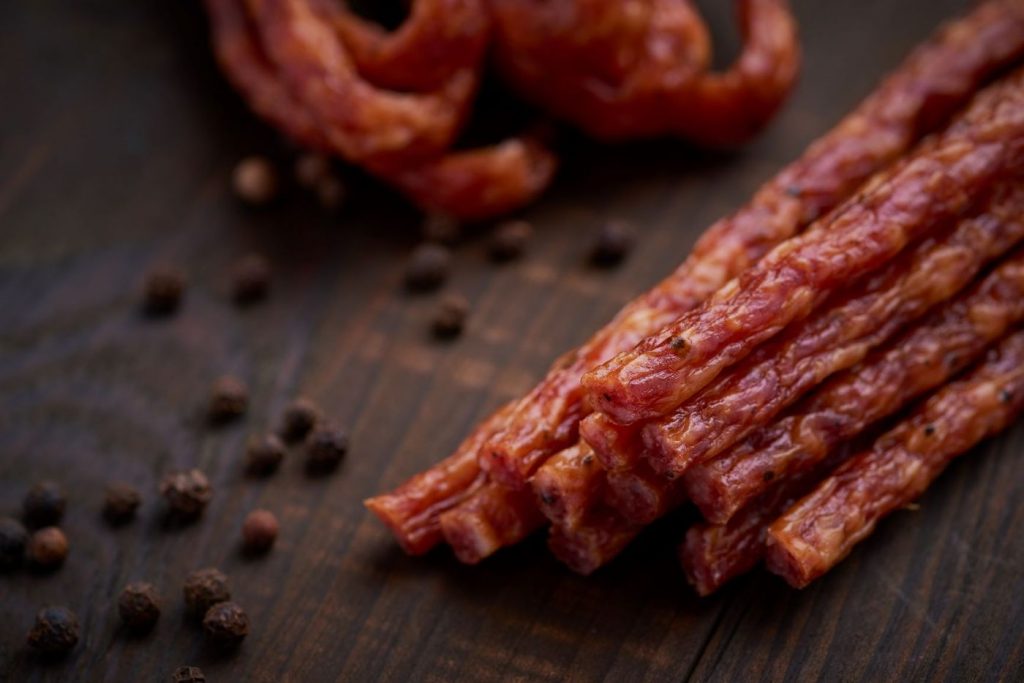Rosé all day! Trashy or not, the rosé trend is here to stay. But how much do you actually know about the pink drink? Here are some interesting facts about rosé.
It’s not a mix of red and white
Rosé isn’t a blend of red and white. While white wine is made from white grapes and red wine is made from red grapes, rosé is made from juicing red grapes and then leaving it to come into contact with the red skins for just a little while until it gets its light pink colour, then they’re removed. The longer the juice is left in contact with the wine, the darker the colour.
France is the biggest Rosé producing country
France produces the most rosé. Provence makes lots of it, but you’ll also find rosé being produced in regions throughout France, including the Loire Valley and Champagne, where champagne is made. Spain the United States and Italy are also big producers of rosé wine.
Rosé shouldn’t be vintage
Unlike red wines, which are left to age, rosé wines are better when they’re fresher. So don’t expect to be drinking a 2001 vintage and don’t store it in your cellar for years on end. The label on the bottle should be no more than a year or two old.
Rosé tastes great with everything
Well known for being a summer drink, rosé tastes good with just about everything including meat, fish, veggies, strawberries and fruit. It’s an incredibly versatile drink and goes well with your summer BBQ!
You can put it in cocktails
When it’s super hot you might want to try Frosé, which is basically a frozen drink made with rosé, strawberries and usually another liquor such as vodka. You can also add rosé to Sangria!
Rosé dates back to around 600BC
Yes rosé isn’t just a millennial phenomenon, it’s been around for thousands of years! In the time of the Greeks, all wines were generally pale in color – the color of today’s rosés.



